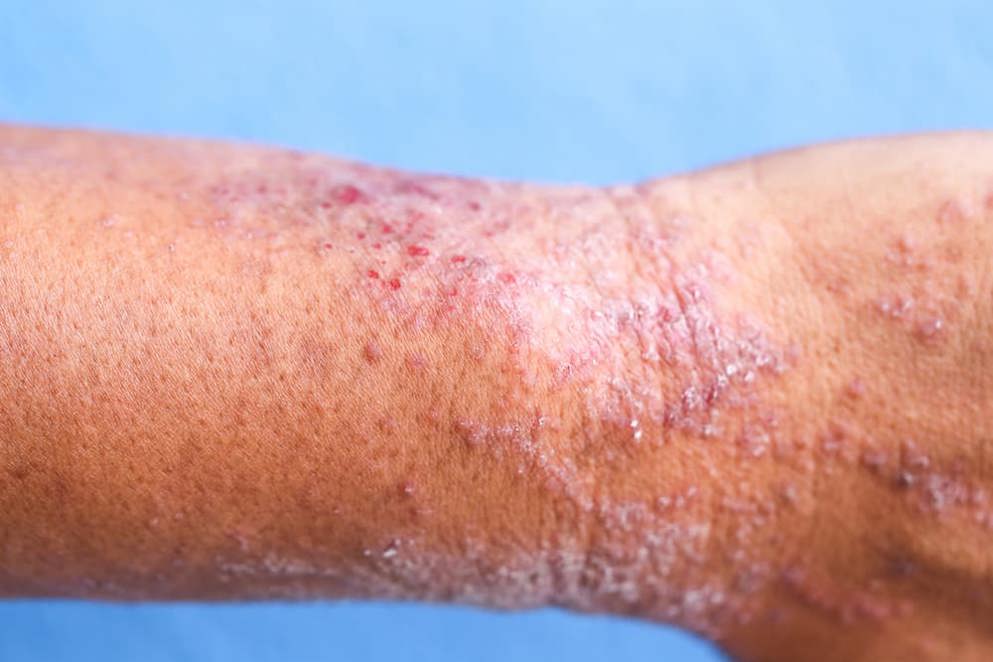Drug information
Fludroxycortide
POM
Disclaimer
The drug SPC information (indications, contra-indications, interactions, etc), has been developed in collaboration with eMC (www.medicines.org.uk/emc/). Medthority offers the whole library of SPC documents from eMC.
Medthority will not be held liable for explicit or implicit errors, or missing data.
Drug Licencing
Drugs appearing in this section are approved by UK Medicines & Healthcare Products Regulatory Agency (MHRA), & the European Medicines Agency (EMA).

